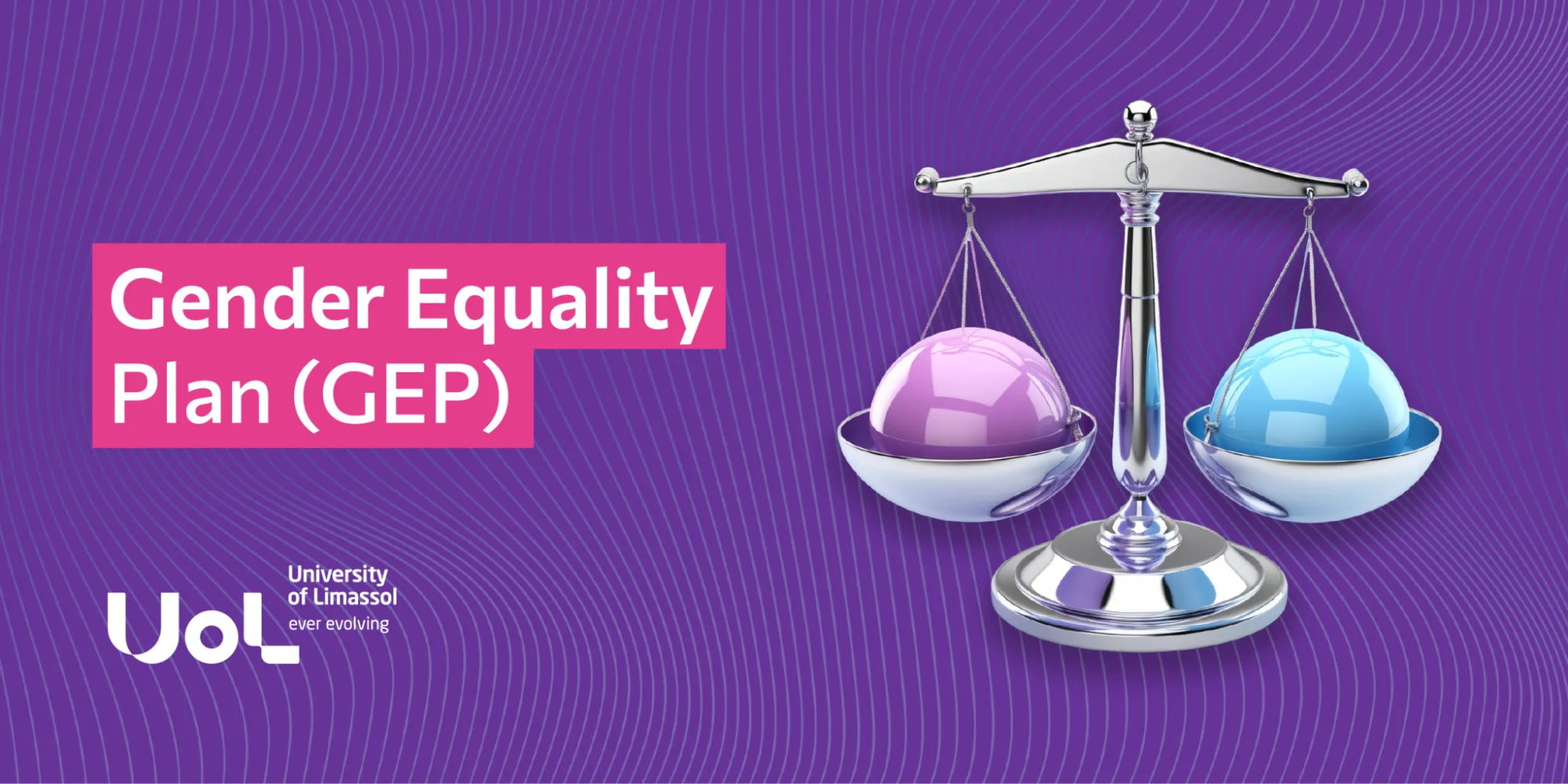The University of Limassol’s Gender Equality Plan (GEP) offers a comprehensive roadmap for gender equality. It is implemented across university operations, from governance to research, and aims to eliminate gender bias and violence. This plan adheres to the standards of the Horizon Europe Framework Programme for Research and Innovation (2021-2027). The UoL GEP was developed in 2023 and adopted in 2024 where its implementation process commenced.
Gender equality promotes the right of women and men to enjoy the same rights, resources, opportunities and protections. The term “equality” entails valuing and accepting equally the differences between women and men and the diverse roles they play in society.
The scope of a gender equality plan is to bring to the surface and ensure the value of gender equality is communicated to the public. At the same time, a gender plan creates a proactive working environment for all staff within the organisation, explicitly setting guidelines to avoid potential discriminatory behaviours.
The key characteristics of the UoL Gender Plan involve the following:
- It is a strategic document of the organisation, endorsed by university leaders, accessible publicly, and shared among stakeholders.
- It allocates resources and expertise for sustainable gender equality.
- It mandates the collection and analysis of gender-specific data for staff and students, resulting in annual inventory reports.
- Finally, it establishes programmes for gender equality education, awareness, and training.
According the to the United Nations, gender equality is not only a fundamental human right, but a necessary foundation for a peaceful, prosperous and sustainable world (https://www.un.org/sustainabledevelopment/gender-equality/).
Following this concept, UoL’s GEP addresses specific thematic areas that are highly connected to human rights:
- Area A: Work-life balance and organisational structure.
- Area B: Balancing Gender Representation in Leadership Roles.
- Area C: Integrating Gender Considerations in Teaching and Research.
- Area D: Promoting Gender Equality in Recruitment and Career Progression.
- Area E: Eliminating Gender-Based Violence and Harassment.
- Area F: Gender Equality in Scientific Publications and media outreach.
Each theme has set objectives and proposed strategies, with estimated resources and implementation timelines. These components are described in detail in the full UoL GEP.
You can read the complete UoL Gender Equality Plan here.
Source: University of Limassol | News (https://shorturl.at/BArP2)
